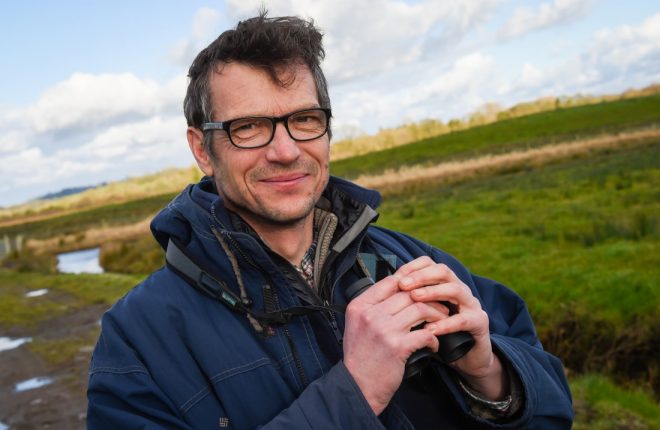
IT’S been another busy and record breaking breeding season in Fermanagh, according to the RSPB’s annual breeding bird survey.
In spring and early summer, Lough Erne and its shoreline came to life with the sight and sound of dozens of species of birds pairing off and raising chicks.
On the Lower Lough Erne Islands reserve, which is made up of more than 40 islands, there were a number of outstanding successes.
A total of 89 pairs of redshanks were recorded, which was up 14 pairs on last year while Hare Island held the most pairs of breeding waders (89). Rosscor, near Belleek, had the highest density of breeding waders (lapwings, snipe, curlews and redshanks) at more than three pairs per hectare, among the highest in Ireland and the UK.
There was success too for the unique inland colony of Sandwich Terns, increasing to 226 pairs, up 88 pairs and now at the highest level since records began in 1969. Meanwhile common terns increased by 37 per cent on 2015 to 41 pairs.
At sites where the RSPB provides advice to landowners around Upper Lough, no breeding redshanks were recorded but there were 16 pairs of curlews, up two pairs on last year. There were also 26 pairs of lapwings and 100 pairs of snipe.
The overall population of all wader species on Lower Lough Erne remained the same as 2015, at 254 pairs.
While the weather provided some difficulties, the RSPB Fermanagh team enjoyed some of the most amazing sunrises as nature’s reward for their early starts during survey season. On May mornings though they witnessed frost and fog while in June there were torrential downpours of rain, which can severely reduce breeding success. This is likely to have played a role in the fortunes of curlews and snipe, which were down by six and seven pairs respectively around Lower Lough Erne.
RSPB NI’s Area Manager for Fermanagh, Brad Robson, was delighted to see the increase in the redshank population as the Lower Lough Erne Islands reserve is the most important site in the North for this species.
“The Sandwich and Common Terns are nesting on an island where we have put in a lot of time and effort to improve the habitat, such as clearing scrub and providing gravel for them to nest on, so it is great to see such a positive response.”
However, he added that the decline in curlews is a real concern.
“This species is in a desperate state across Ireland. Numbers have decreased from thousands of pairs to just a few hundred since the mid 1980s. However, in response, RSPB Northern Ireland and local farmers are working closely together to try and reverse this terrible situation.”








